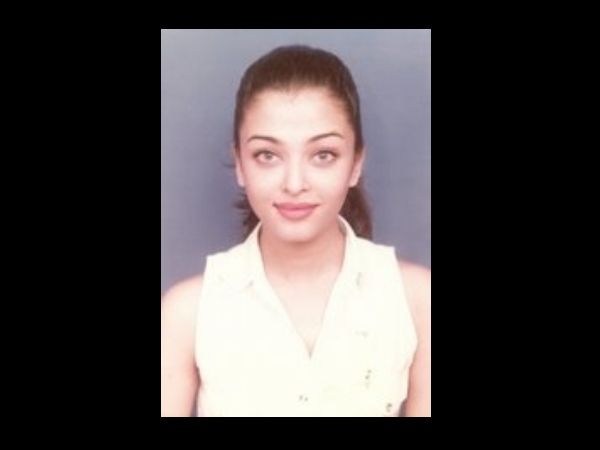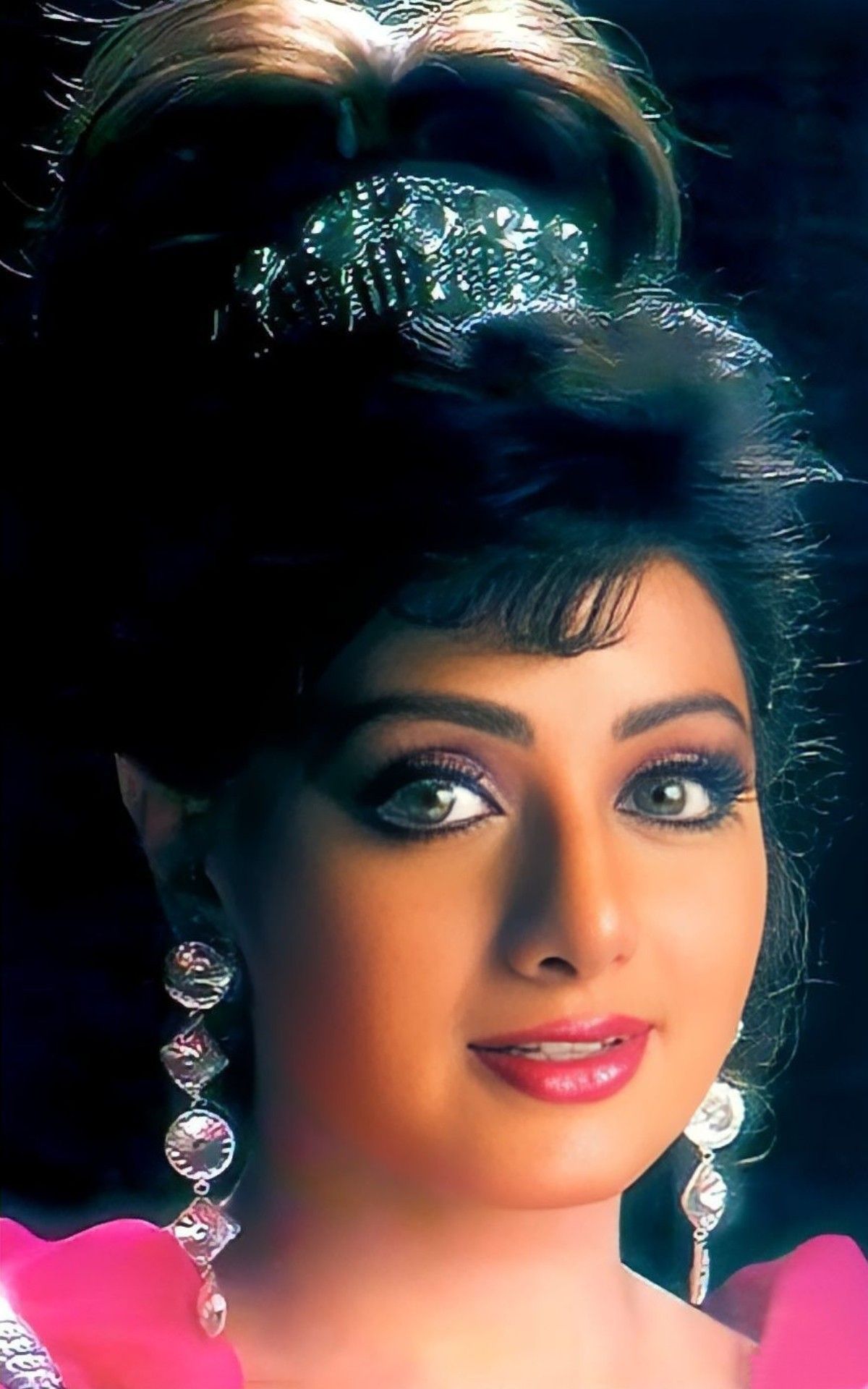While Anupam Kher issurrounded by controversy today, one important reason to like the actor is his‘Pinkoo’ character from 1991’s Mast Kalandar – the first openly gaycharacter in a mainstream Bollywood film. Stereotyped andoffensive? Perhaps. Still, Pinkoo led thecharge during a time when LGBT+ representation was relegated to mostly independentfilmmaking across the world. Over the last three decades, however, things havechanged quite a bit. Several directors have pushed the bar in portrayingrealistic, grounded and honest stories that captured the joys and struggles ofqueer acceptance and lifestyle. Here are some of the very best cinema has tooffer in that regard, and how critics and audiences took the message home.My Own Private IdahoPerhaps one of the mostunique and heartbreaking cinema from the 90s, this drama featuring Keanu Reevesand Joaquin Phoenix’s late brother River Phoenix shows the pair as two maleprostitutes from wildly different social backgrounds, struggling witheverything from sleep disorders to personal loss and the dynamics of queerromance. The film released towidespread critical acclaim, with legendary critic Roger Ebert giving it a rare3.5/4 rating. While questions were raised by the queer community on whether onnot the film reinforced negative gay stereotypes, it remains a cult classic anda favourite amongst the LGBT+ audience as a whole.Boys Don’t CryA biographical dramarevolving around the real-life experiences of trans-man Brandon Teena, thisHilary Swank-starrer takes us through Teena’s adoption of a male identity andhow he falls in love, runs from the law and eventually, falls victim to abrutal hate-crime perpetrated by a pair of prejudiced acquaintances.Perhaps one of thegreatest films with a trans character in the lead, Hilary Swank’s performancebagged her a ‘Best Actress’ award at the 2000 Oscars, going on to score acritical knockout with over 30 wins and over 50 nominations. While the film wascriticised by the people it was based upon for factual inaccuracies, an entiregeneration of queer folk sympathised with its representation of platonic andromantic relationships for transpeople – just last year, the film was wasselected for preservation in the United States National Film Registry by theLibrary of Congress as being “culturally, historically, or aestheticallysignificant”.FireOne of the bravestpieces of cinema ever made in India, Fire tells the story of two women,played by Nandita Das and Shabana Azmi, who on being abandoned by theirindifferent husbands, find comfort, solace and eventually love with each other.Not only did the film introduce wholly serious takes on a lesbian romance withina desi context, it did so long before pride marches and open homosexuality weregiven a platform in India.In the weeks following Fire’srelease, critics and activists praised the film for being ‘gutsy’, ‘explosive’,and ‘pathbreaking’. Naturally, regressive elements of Indian society wereinfuriated by the film’s themes and message with certain organisations carryingout vandalism across theatres in Mumbai and Delhi, as theatres across thecountry shut down screenings in fear of similar retaliations. In response, thefilm inspired the creation of several new pro-LGBT organisations such asCALERI, that carried out peaceful demonstrations supporting India’sconstitutional rights to freedom of speech and expression.My Brother… NikhilTying together thestigma surrounding AIDS and homosexuality, this stellar drama featuring JuhiChawla and Sanjay Suri follows the tale of a young champion swimmer, who isforced to come out after being tested as HIV+ and is abandoned by everyone heknows – except for his sister and his lover.The film was celebratedwith worldwide critical acclaim – Chawla received a critics’ choice award forher performance. It also stands as a landmark in public acceptance ofhomosexuality in Indian cinema – unlike Fire, the film was releasedwithout too much hostility and preceeded a 2005 review of India’s homosexualityban – although we finally saw that milestone overtaken 13 years later in2018. MauriceBased on a noveladapting the life of Edward Carpenter – poet, writer, activist and friend ofRabindranath Tagore, Maurice is a rather unique film in the sense thatit’s one of the few movies that combines LGBT themes along with a periodsetting. It showcases homosexuality in Edwardian London, far away from the 21stcentury – in a world where homosexuality was considered little more than amental illness. The titular lead (James Wilby) struggles to find a place forhis authentic self after his lover abandons him – languishing in a lovelessstraight marriage and even trying to hypnotise his queerness away.Featuring fantasticperformances from the likes of Hugh Grant and other excellent British actors,the film has received the rare praise of achieving better storytelling than thenovel it was based on. It has since cemented a strong legacy for championingthe gay cause during the heights of the 1980’s AIDS epidemic – a time whenhomophobic sentiment had peaked.
#kareenakapoor
#bollywood
#unseenphotos




